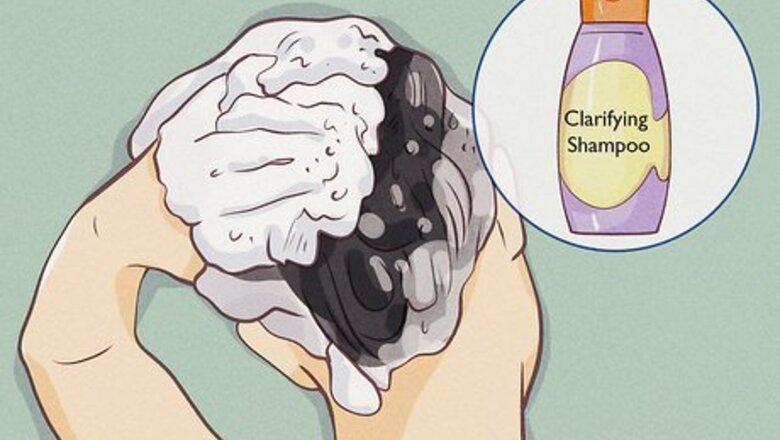
views
How often should you use clarifying shampoo?

Use clarifying shampoo about once a month. Clarifying shampoo works so well by stripping out all of the product build-up in your hair. Unfortunately, that same stripping power also removes your scalp's natural oils, which can leave your hair dry and vulnerable if you use clarifying shampoo too often. To keep your hair healthy and strong, stick to using clarifying shampoo once a month.
Using Clarifying Shampoo
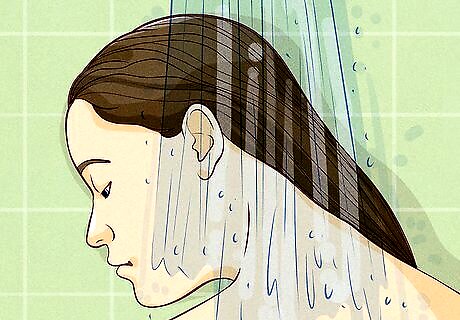
Wet your hair. You should make sure that your hair is completely wet before you apply the shampoo. If you are using a shower or bath, dip your hair under the water. If you are using a sink, you should fill a bucket with water. Hold your head over the basin, and gently pour the water over your hair. Wet your hair with warm, but not hot, water to open up the cuticle. Hot water may damage your hair and make it limp.

Massage the shampoo into your hair. Squeeze out about a quarter-sized amount of the shampoo into your hands. Rub your hands together to create a lather, and massage the shampoo into your hair. Make sure you rub it into your scalp so that the shampoo can remove oils that have built up around your roots.
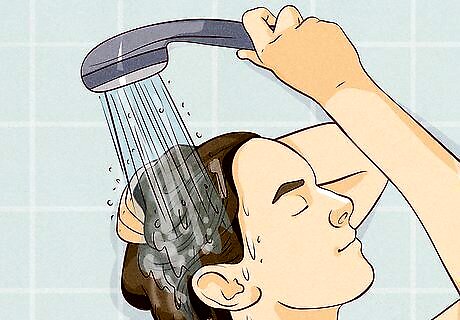
Rinse out completely. Once you are done, you should rinse all of the shampoo out of your hair. Make sure that your scalp, roots, and tips no longer have any shampoo on them. If your hair is excessively oily, you can try to shampoo it again, but in most cases, one application is all you need. Many stylists recommend that you rinse with cold water, as cold water may help seal in moisture and make your hair shiny.
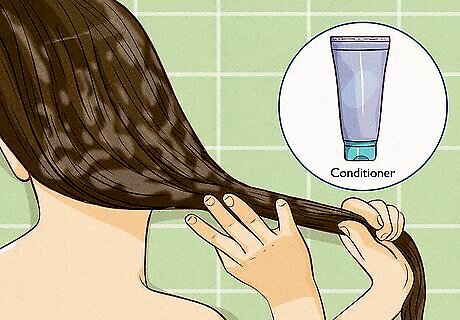
Condition your hair. Since clarifying shampoo strips your hair of both natural and artificial oils, you will need to replace some of that hydration to prevent breakage and damage. After you rinse out the shampoo, apply your favorite conditioner. If you do a weekly deep-conditioning treatment for your hair, you may want to use the clarifying treatment right before the special conditioner. If you pair these treatments together, you may find that they work more effectively. If you have oily hair, you may only want to condition the tips of your hair. Start about halfway down the shaft, and rub the conditioner into the tips. Do not condition the roots or scalp.
Finding the Right Shampoo

Determine your hair type. Different clarifying shampoos are marked for use on different hair types. While some may advertise themselves as being suited for “all hair types,” others aim to treat a specific characteristic. If you have normal hair, you can use a shampoo aimed for “all hair types,” but if you have a specific problem, you may want to look for a shampoo that targets the issue. Some common hair types that may use clarifying shampoo include: Dry hair Oily hair Curly hair Straight hair Fine hair Thick hair Colored or treated hair
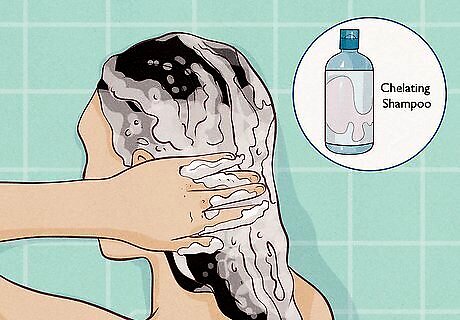
Look for chelating ingredients if you use hard or chlorinated water. A chelating shampoo is very similar to a clarifying shampoo, but it is more effective against mineral build-ups. If your local water is hard or if you are a swimmer, you should look for a chelating shampoo. If you cannot find one, you can also use a clarifying shampoo that contains the chelating ingredient EDTA. Hard water is water that has a high mineral content. If you are uncertain about how hard your water is, you can check with your local water treatment facility, or you can test the water at home. Add ten drops of soap to a bottle of water. Shake the bottle. If it suds up, you have soft water, but if it doesn’t, you may have hard water.
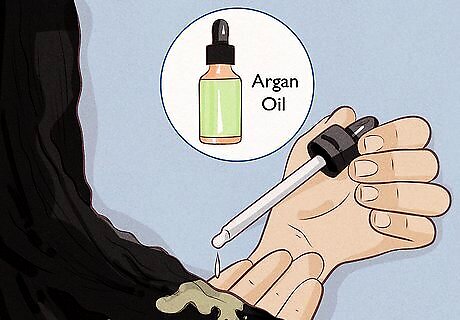
Find one with hydrating oils for natural curly hair. If you have curly hair, you will want to make sure that you do not dry out your hair too much. Since clarifying shampoo will strip away natural oils, you should replace them with a shampoo that uses an oil, such as Argan oil, coconut oil, avocado oil, shea butter, or olive oil. These shampoos will often be labeled as “cleansing oil” shampoos. Look for sulfate-free shampoos if you have curly hair, as sulfates in many clarifying shampoos can make frizz worse.
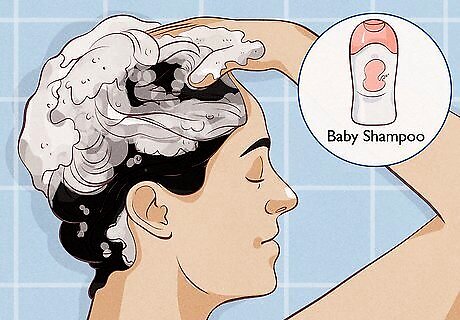
Try baby shampoo for a gentler option. If you have sensitive skin on your scalp, extremely dry hair, colored hair, or damaged hair, a normal clarifying shampoo may be too harsh. Instead of causing more damage to your hair, you may want to try using a baby shampoo. These are formulated not to strip essential oils, but they will still provide a deep clean for your hair. If you have colored hair, you can also look for a “color-safe” clarifying shampoo that will be gentler on your dye job.
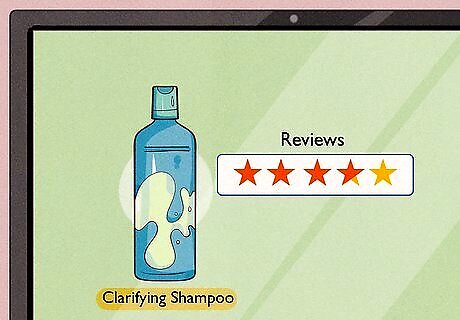
Read reviews online. Many beauty websites offer comparisons and reviews on different clarifying shampoos. Do your research before you buy to make sure that the one you purchase is effective without being too harsh. You may want to see if the shampoo increases shine and reduces oil. If you have dyed or highlighted hair, make sure that other reviewers do not report that the shampoo fades their color.

















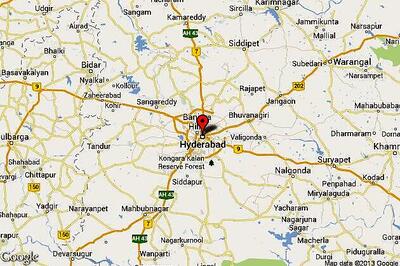
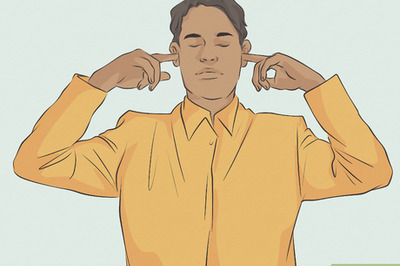
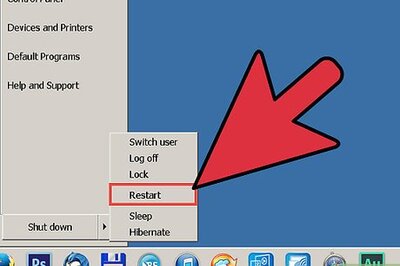
Comments
0 comment